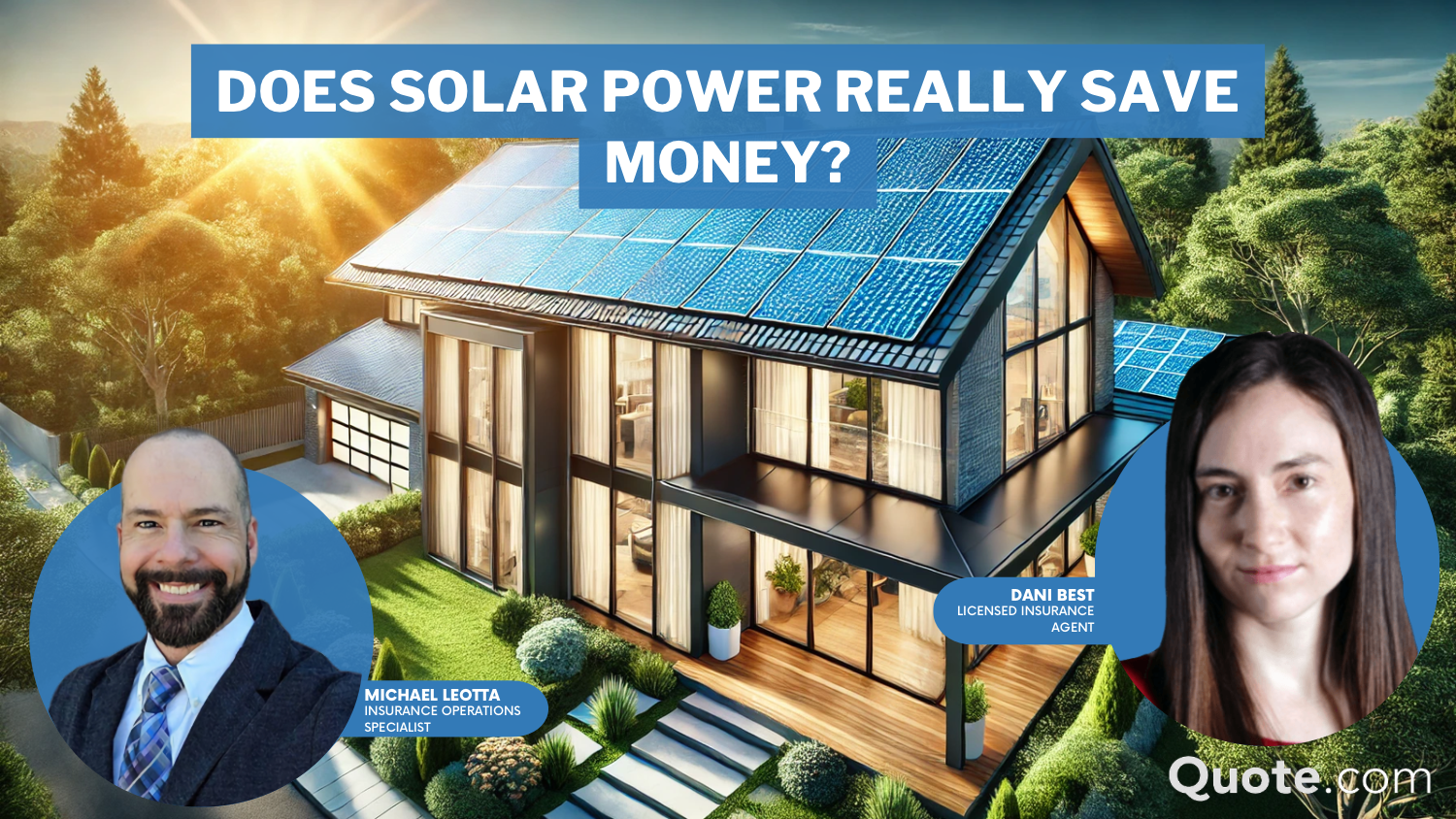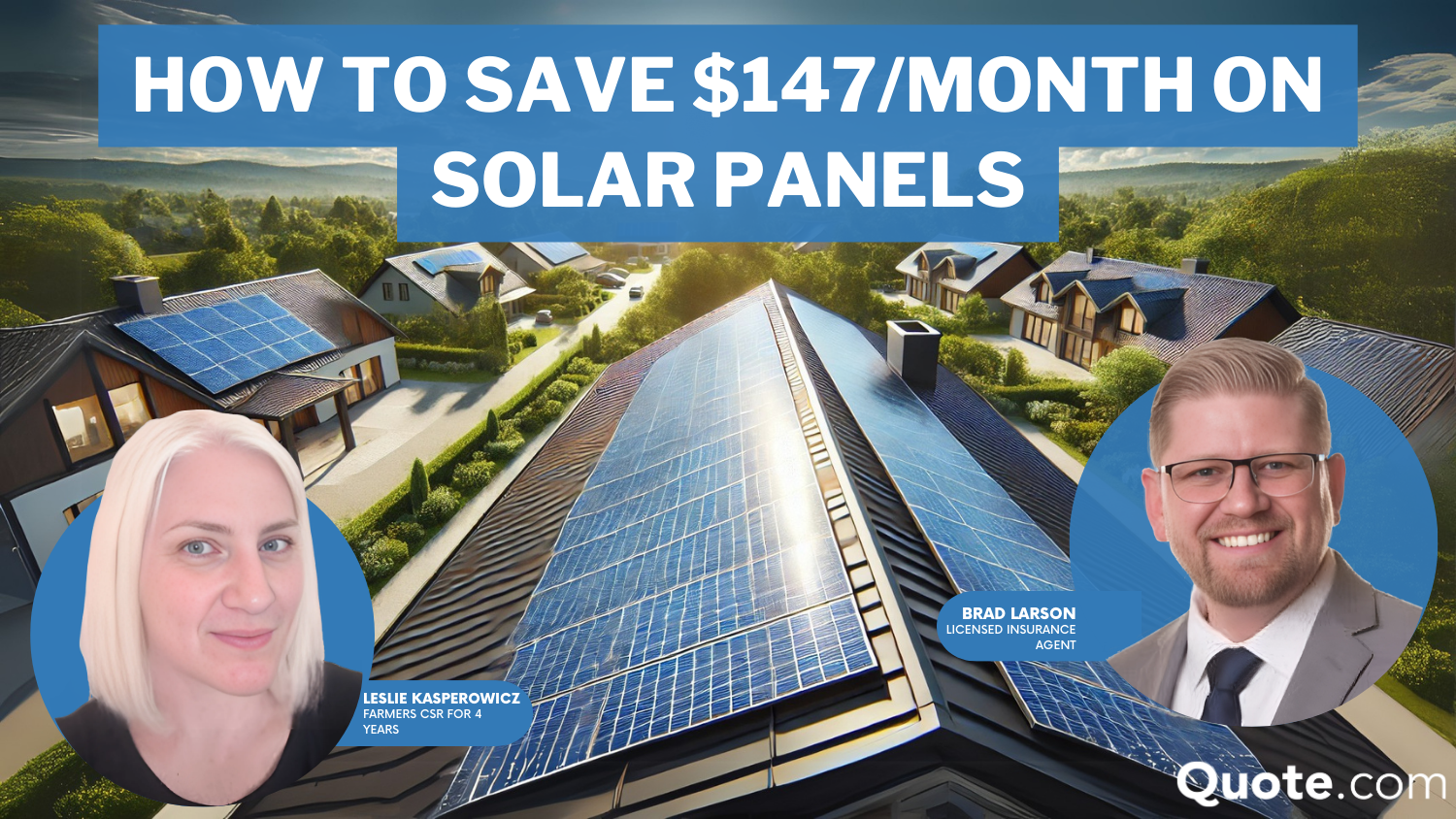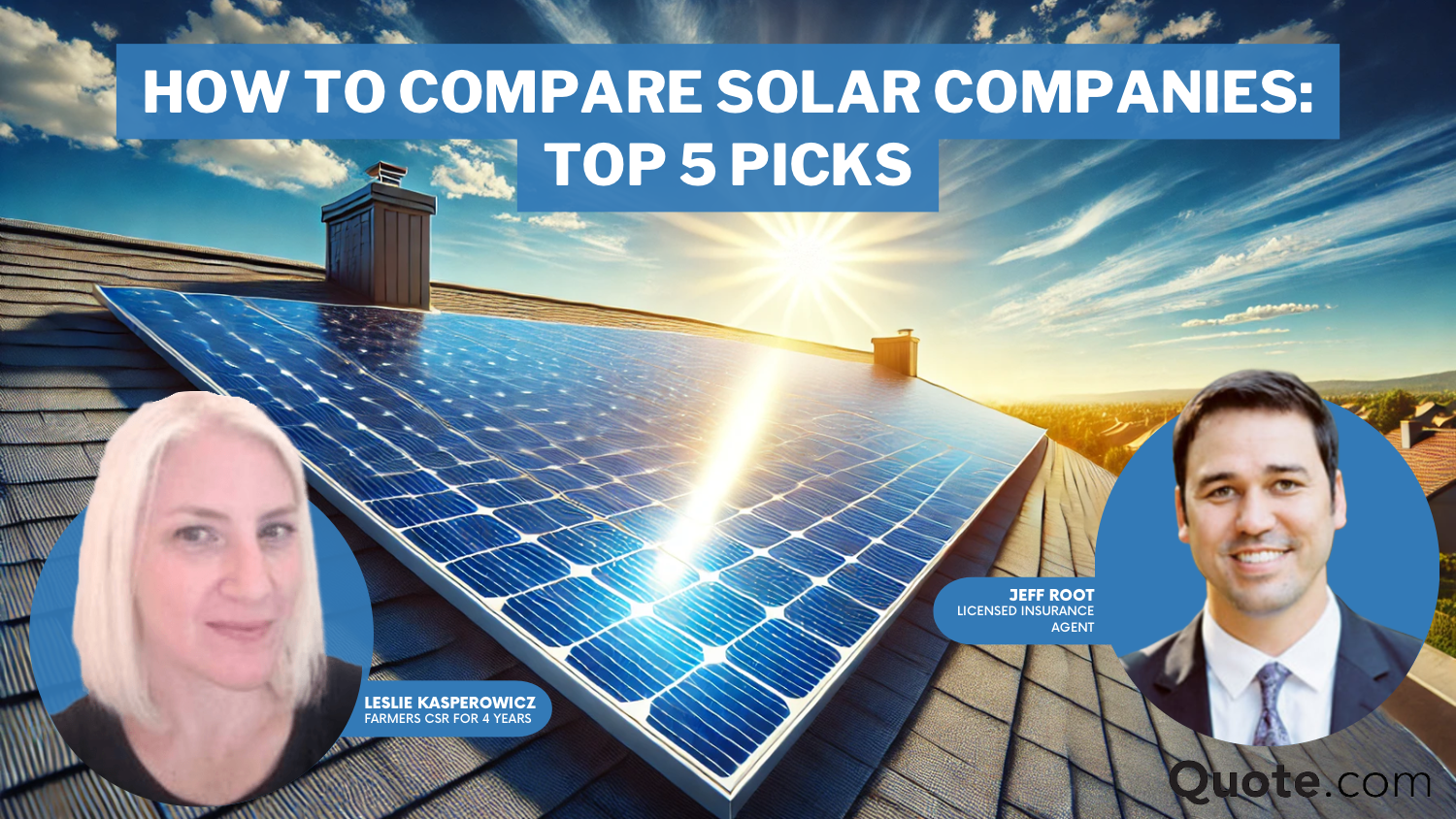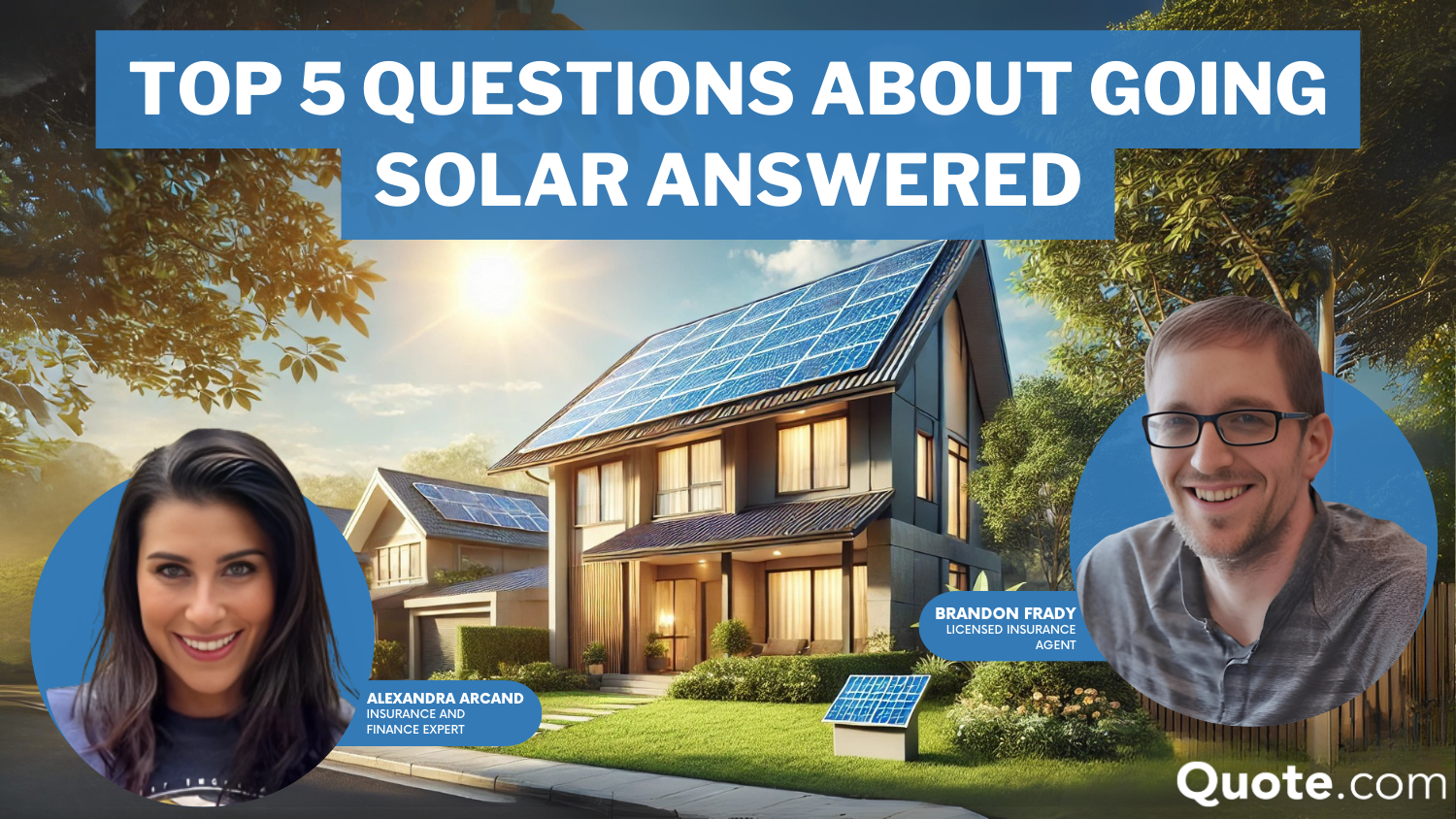How Solar Cells Work
As solar panels continue to increase in popularity, have you ever wondered how they actually work? Here is a detailed breakdown of what solar cells are and how they work to provide everyone’s favorite green energy alternative.
Electrons inside of solar cells absorb energy from sunlight, travel along an external circuit where they expend excess energy to perform work, and return to an open slot in the cell at their original energy level. The solar cell repeats this cycle as long as light is available.
The basic solar cell
-
1 Front contact
The large busbar and smaller fingers that make up the front contact are designed for a balance of optimal charge collection (extracting generated current) but minimal shading over the cell.
-
2 Anti-reflective coating
An anti-reflective layer gives light more opportunities to be absorbed inside of the cell instead of simply reflecting away. It’s also what gives the cell a distinctive dark blue color.
-
3 N-layer silicon
The thin top layer of phosphorous doped silicon is called the “emitter”.
-
4 P-layer silicon
The thicker boron doped layer of silicon is called the “base”.
-
5 Rear contact
The rear contact is a thin, solid layer of conductive metal (e.g. aluminum).
-
6, 7, 8
The refinement process for silicon produces large ingots called crystals [6]. These crystals are cut into many wafers [7]. A common source wafer diameter for solar applications is about 6 inches (150mm). To maximize the amount of cells that can fit in a solar panel but minimize valuable silicon waste, certain types of cells [8] are cut into a rounded square shape.
How solar cells function
Converting photons of light to electrical charge
A unit of light is a packet of energy called a photon. Photons enter the solar cell and are absorbed by electrons
, exciting the electrons
to a higher energy level.
Photons can be absorbed at any point throughout the cell. For example, short wavelength, high energy blue light is absorbed readily near the surface while long wavelength, lower energy red light can require more depth or time inside the cell to be absorbed. The depth needed to absorb the most light is one factor that affects the designed thickness of a cell.
Excited electrons travel through an external circuit where they exchange their gained energy to do work.
Since there are no moving mechanical parts, solar cells can have a working life of over 25 years.
Anti-reflective material
Polished silicon wastes nearly 40% of light by reflection; this number can be brought down to a mere 6% with anti-reflective coating.
There are many types of anti-reflective material. In this example, a grid of microscopic pyramids direct and capture light at many different angles, giving it maximum opportunity to enter the cell and remain longer inside.
The p-n junction
The p-n junction forms where two distinct silicon types meet. This special junction is the key to generating current (electricity flow rate and direction) and voltage (flow pressure) inside the cell.
Silicon types
1 Silicon atom
A silicon atom has four electrons in its outer shell. Stable atoms generally favor eight electrons in the outer shell, so bonded silicon atoms share electrons to meet that number.
Doped silicon
Doping silicon means adding small levels of impurities that change the atomic structure. The doping ratio is very small – typically about 1 dopant atom for every 5 million silicon atoms.
4 N-type silicon
N-type (n for “negative”) silicon is doped with phosphorous [2], which has five electrons in its outer shell where four are needed to bond with silicon, which leaves an extra free electron.
5 P-type silicon
P-type (p for “positive”) silicon is doped with boron [3], which has three electrons in its outer shell, leaving an extra open spot or hole when bonding with silicon.
Hole 
When an electron leaves an open spot, other electrons fill it in sequence – comparable to how an empty seat in the middle of a row is filled when people are asked to move in at a crowded venue. It’s convenient to track the open spot as it “moves”, instead of every electron. As such, holes are assigned a positive charge.
(Note that this illustration is a visual metaphor to better present basic concepts, as electrons in reality move in complex orbitals and patterns.)
Space charge region
1 Space charge region
The space charge region forms at the junction where p and n type silicon meet. Its dimensions and behavior are based on the concentration of dopants in the material.
2 Neutral phosphorous atom
Dopant atoms outside of the space charge region remain electrically neutral.
3 Ions
Dopant atoms in the space charge region become charged ions.
When these doped silicon types are layered, the unequal electrons and holes naturally recombine across the junction [4], attempting to equalize. However, their atom bases [3] are tightly fixed in the solid silicon crystal and cannot move. Otherwise electrically neutral dopant atoms have now gained or lost an electron which gives them an electrical charge, creating charged atoms called ions.
The atoms in these two silicon types can’t fully merge as gases might. The fixed, opposing ions prevent further electron and hole diffusion, giving the space charge region a defined width.
An electrical field exists in the space charge region. Electrons are attracted and swept in the positive direction (opposites attract), and holes in the negative direction. Electrons must travel an external circuit to recombine with a hole instead of simply doing so inside of the cell and giving off (wasting) gained energy as heat.
Solar module
Based on power output needs and other considerations like ease of installation and maintenance, a certain number of solar cells are placed in a module.
-
1 Glass top layer
A thick layer of low iron glass protects the cell from outside conditions and provides structural strength while also allowing maximum light passage. Low iron reduces the reflective impurities that give normal glass a faint greenish-blue tint.
-
2 Encapsulant
The encapsulant is an adhesive that seals around the solar cells, protecting them from harmful outside elements and keeping them in place. A common encapsulant material called EVA (ethyl-vinyl acetate) is stable under high temperatures and UV exposure, and is also transparent.
-
3 Solar cells
Individual solar cells are connected in a circuit.
-
4 Back sheet
Polyvinyl fluoride film (tedlar) forms a thin, near impenetrable protective back layer.
-
5 Aluminum frame
The frame adds rigidity and further seals the module from outside elements.















